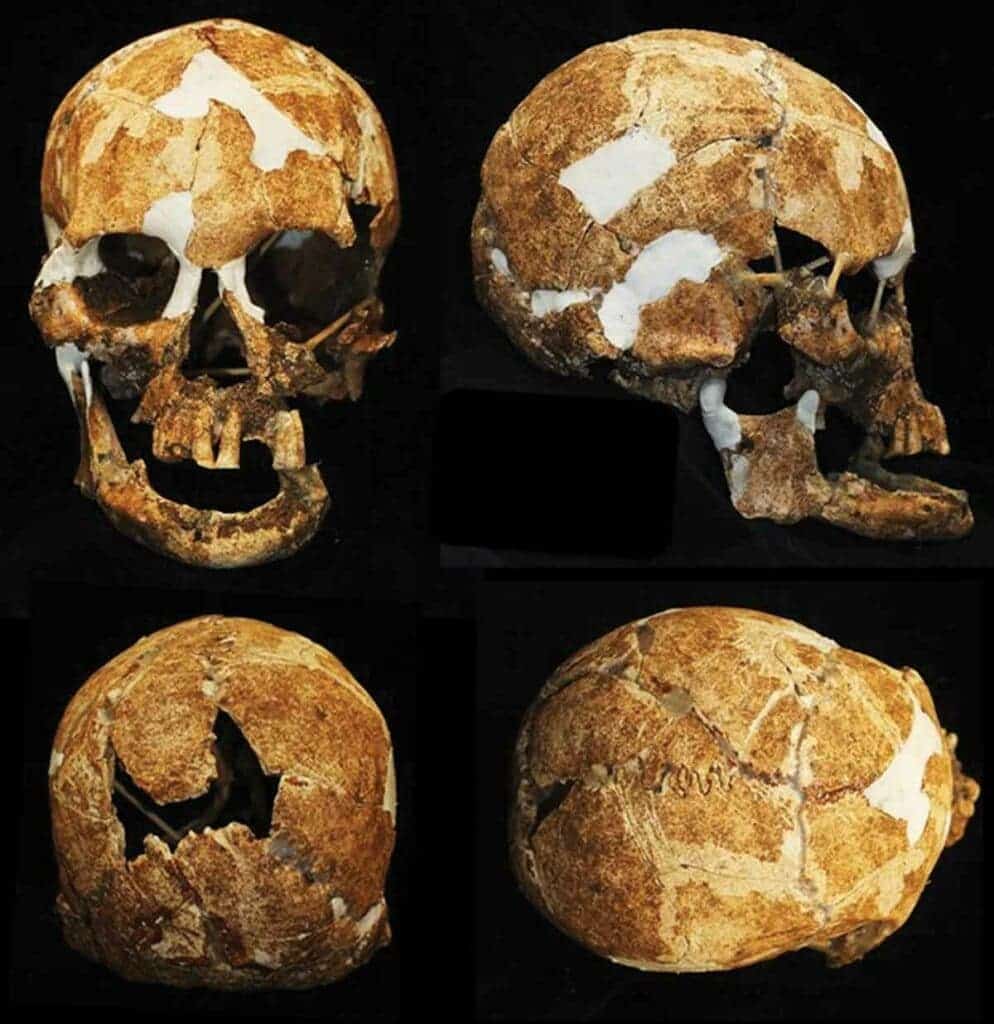The discovery of an ancient human skull and femur bone in a cave in Taiwan may validate local legends of an Indigenous tribe that once lived on the island.

Taiwan today is very much the product of colonial history. Although settled for at least 25,000 years, the island’s population today is predominantly Han Chinese in ethnicity, after a dramatic influx of population from the mainland in Western Taiwan during Dutch colonization of the island in the 17th century.
But the ancient history of the island is slowly coming back to light. A newly-published study helps us gain a better understanding of the original inhabitants of the island, whose story is now part of Taiwan’s local folklore. This study describes the discovery of a 6,000-year-old human skull and femur in a cave in the mountains of Taiwan by an international team of researchers.
First people here
Taiwanese folklore tells of a tribe of short, dark-skinned people who once lived in the mountainous regions of the island. Until now, however, there was no archeological evidence to substantiate these stories. But the new discovery may change that completely.
“The cranial morphometric study of human skeletal remains unearthed from the Xiaoma Caves in eastern Taiwan, for the first time, validates the prior existence of small-stature hunter-gatherers 6000 years ago in the preceramic phase,” the study reads.
These folk tales could possibly refer to a group that descended from an even older initial population, one that predates the Austronesian ‘indigenous’ populations of Taiwan. Somehow, the paper explains, this descendant group survived in the isolated, mountainous area of the island up to around one or two centuries ago.
Mentions of these small and “dark-skinned people” were found in documents dating back to the Qin Dynasty (around 200 B.C.), the authors explain, adding that 15 of the 16 Austronesian groups living in Taiwan today also have stories of the same people who once lived in the mountains.
However, that is where the similarities end. Each group has its own spin on the story. Some believe that they are descended from those small, dark-skinned tribes. Others see them as former or ancient foes. At least one tribe claims to have killed these people off entirely around 1,000 years ago.
The newly-discovered bones may help us shed some light on what actually happened. Unearthed by a team of researchers with members from Australia, Japan, Taiwan, and Vietnam, the 6,000-year-old skull and femur were found in a cave in the mountains of Taiwan.
DNA testing of the bones revealed the remains are closely related to African samples of roughly the same age. The shape and size of the bones are similar to that of Negritos, a people that lived in parts of today’s South Africa and the Philippines. Research performed on Negritos bones in those areas showed that these people were quite short with a small overall body size; this fits with the current discovery. After establishing that the skull and femur belonged to the same person (identified as a young woman), the team estimates she stood at around 1.3 meters tall (around 4′ 3″).
This would seem to confirm local folk tales regarding the existence of small, ancient people in Taiwan. However, it doesn’t help us in any way understand what happened to those people. Our evidence so far suggests that they were gone or almost completely gone by the time early Austronesian groups of people began arriving on the island.
“The observations of the Xiaoma burial remains, together with 258 traditional Austronesian legends, indicate that ‘little dark people’ at one time had lived in Taiwan, resembling the Negrito groups in Southeast Asia,” the paper explains. “The new findings bring attention to the period of co-existing overlap of the older hunter-gatherer communities with the new immigrant Austronesian-speaking farmers in Taiwan.”
The paper “Negritos in Taiwan and the wider prehistory of Southeast Asia: new discovery from the Xiaoma Caves” has been published in the journal World Archeology.






